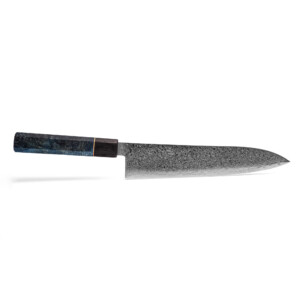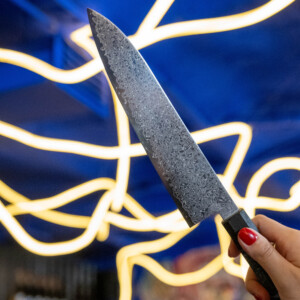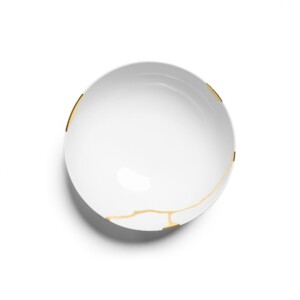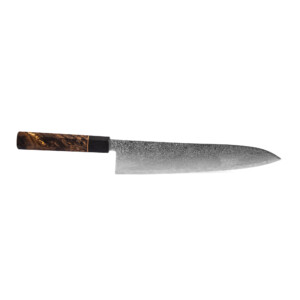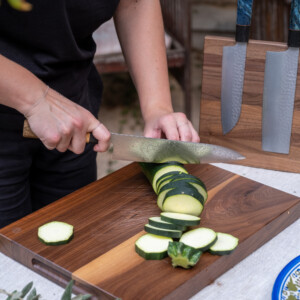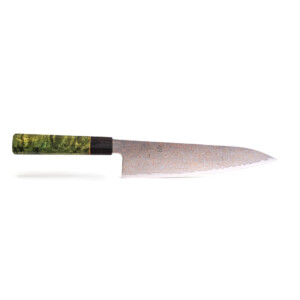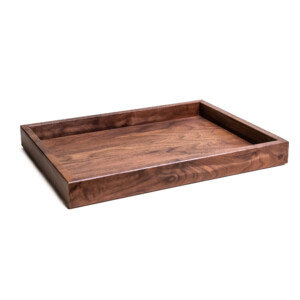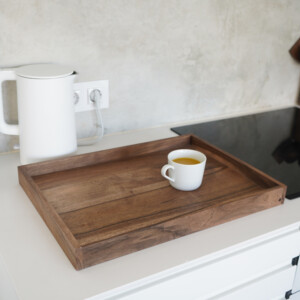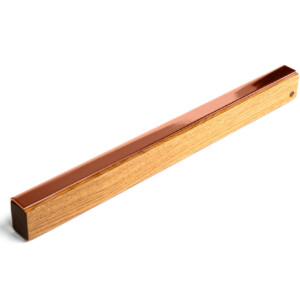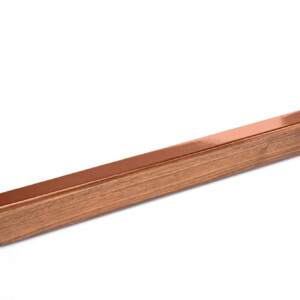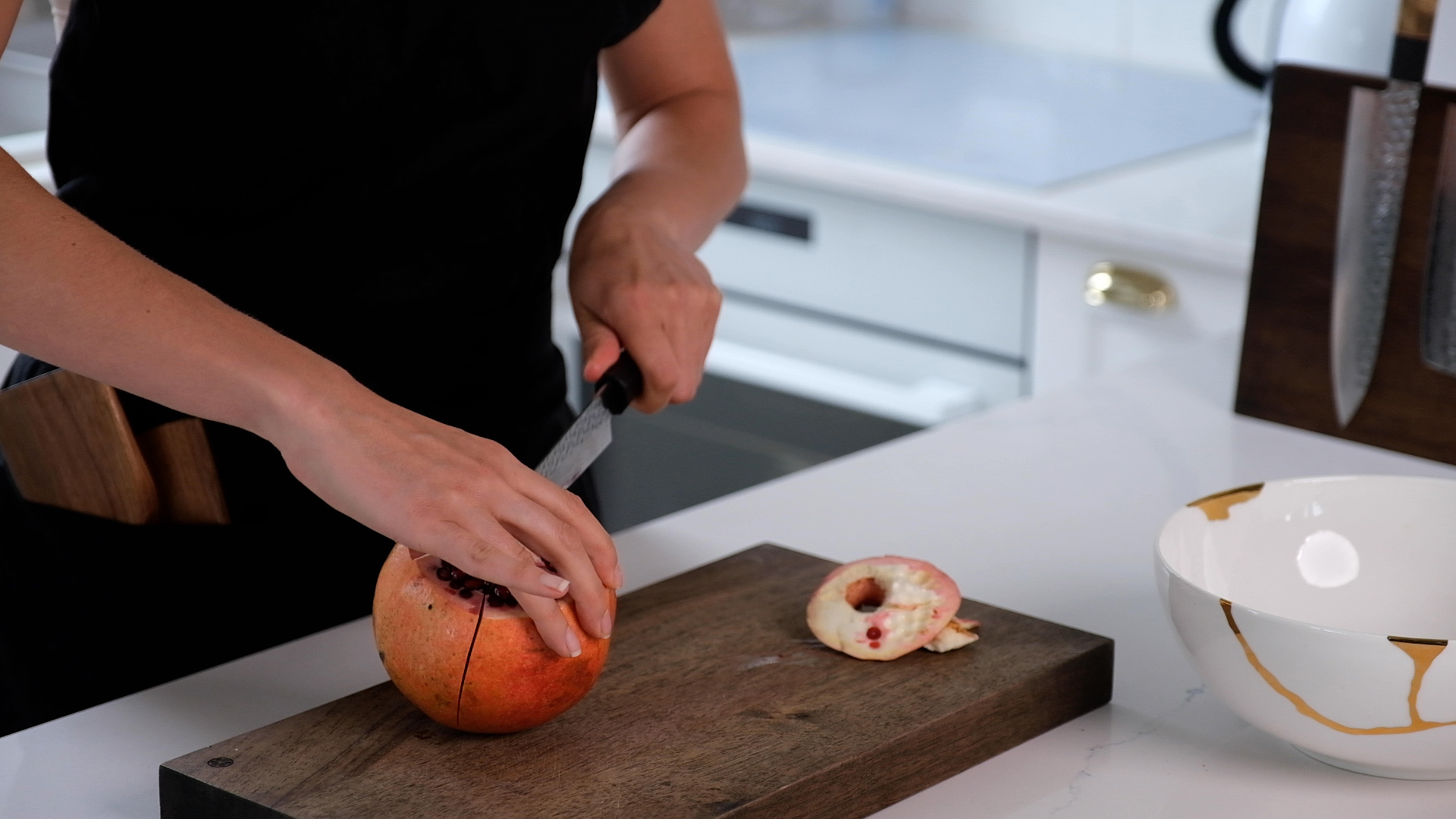How many times has finding space for your groceries in the fridge felt like making a complicated jigsaw puzzle? If your answer is more than once, then you need to change how you organise your fridge. Cleaning and organising your fridge can help you prevent food waste and save you a lot of time and money. So here is a guide to teach you how to organise your fridge:
Step One: Empty your shelves
This step is as straightforward as it sounds, clear out your fridge, taking everything out of the shelves. Look at best-before and expiration days and throw away everything that has gone bad. Little tip: feel free to ignore display until and sell by dates these are written for the stores. Best before dates mean that food is at its prime before this date, but it doesn’t mean its bad after, if store correctly you should be fine. Expiry dates are the ones to look out for, if a product is past its expiration date toss it. However, if something smells bad, throw it regardless of the dates displayed. As for leftovers, you should toss them after four days to prevent food poisoning according to the Mayo Clinic.
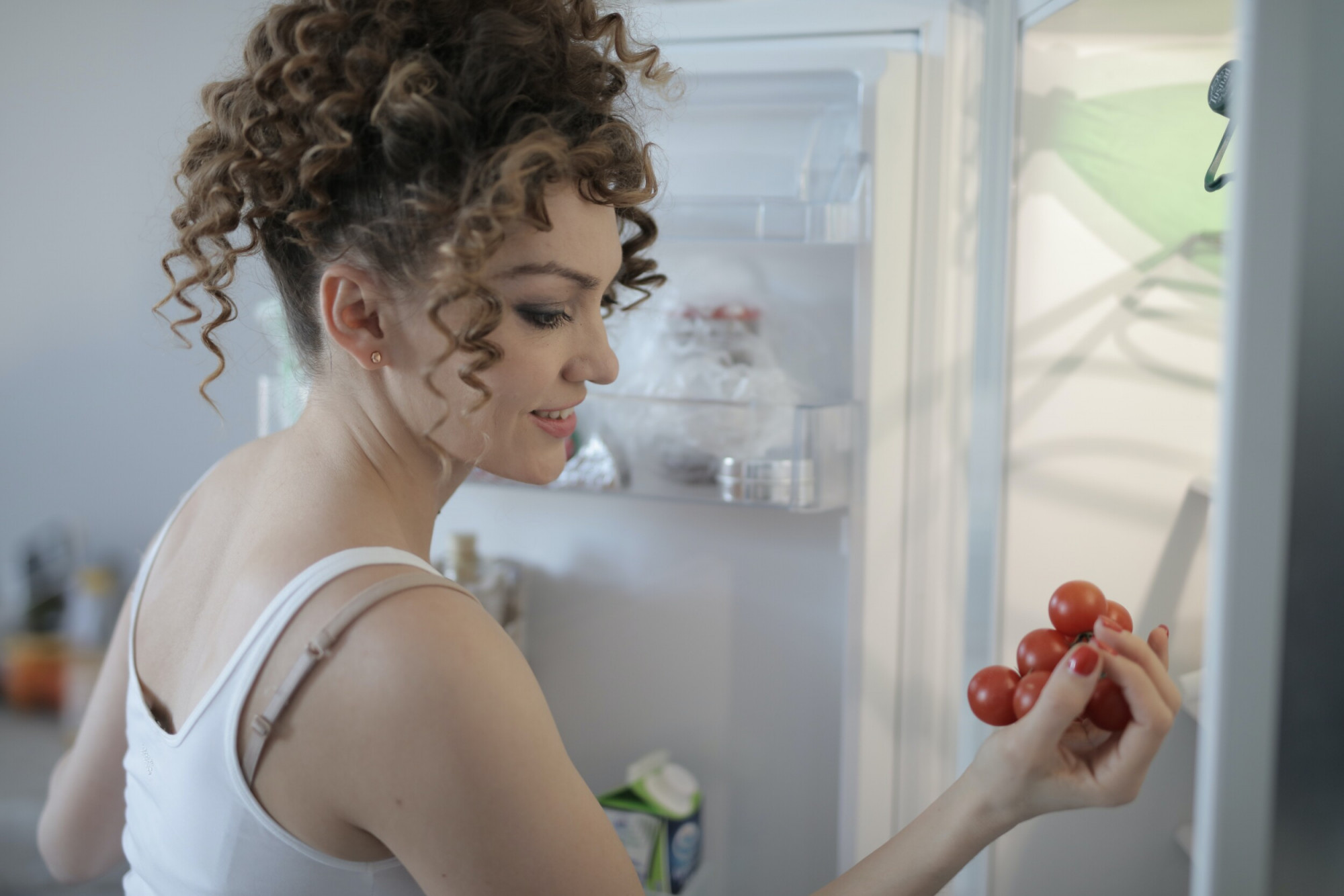
Step Two: Clean your fridge
Now that your fridge is empty, its time to clean it! Remove shelves and drawers to clean them with ease. Before doing this we recommend taking a picture of your fridge and sticking post it notes to mark shelf heights so you remember where everything goes. Wipe, vacuum and scrub everything, including door seals. Hot water and a bit of dish soap should do the trick! Don’t forget the exterior. Once everything is clean and shiny place all the drawers and shelves back in the fridge.
Step Three: Put things in containers and use labels
Investing in good quality, clear containers is a great way to prevent food from going mouldy. A clear container lets you easily see what it contains reminding you of all the delicious left overs in your fridge. Labelling the date you stored food (post it and a pen) reminds you to eat the food within four days or toss it past this. Combine all the odds and ends of bottles you have, think condiments and sauces, to save up space. Lastly, sort out your fruits and veggies. One rotten strawberry spoils the lot, so we suggest sorting through your produce and cull the good from the bad. Remove the bruised bits and keep the good pieces in a container to preserve freshness.
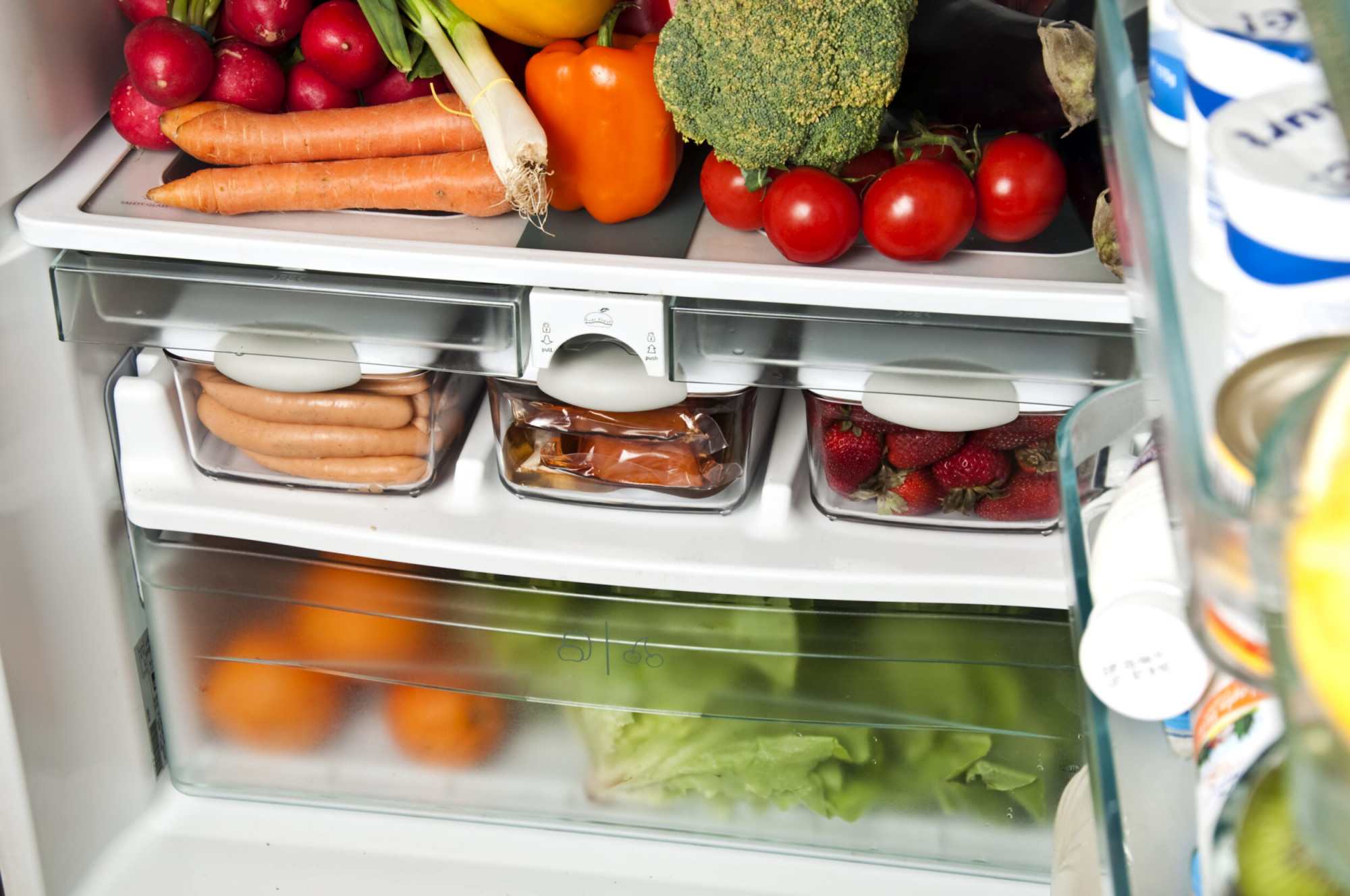
Step Four: Store food in the right spots
There are right and wrong ways to store your meat, milk, and leftovers. Here are the general rules:
- Keep your fridge cold. Set your fridge temperature, to 5ºC (40ºF) or below. For meats and cheeses, use the Meat or Deli setting to be sure your fridge channels extra cold air (just above freezing) into this space. Fruits and vegetables should not be mixed in the same crisper, each with its own settings to keep freshness.
- Don’t place your milk or quick-to-expire perishables in the fridge door. Door temperatures is the spot where temperature fluctuates the most in your fridge, which can lead to food spoilage and sour milk.
- Place raw meat and seafood on the bottom shelf. This won’t necessarily help them last longer, but can prevent drips from contaminating food below. With this in mind make sure meat products are wrapped properly, and clean up any spilled juices immediately.
- Avoid an overcrowded fridge. Air needs to circulate around your food to keep it cool. A crowded fridge can lead to warm spots and cool spaces — you’ll end up freezing your veggies and spoiling your milk.
- A single big piece of anything takes longer to spoil than many little pieces. So don’t cut up meat, fruit, or veggies until you’re ready to consume them.
- Move the older foods hiding in the back of your fridge forward. This fridge rotation helps prevents food waste and saves money.
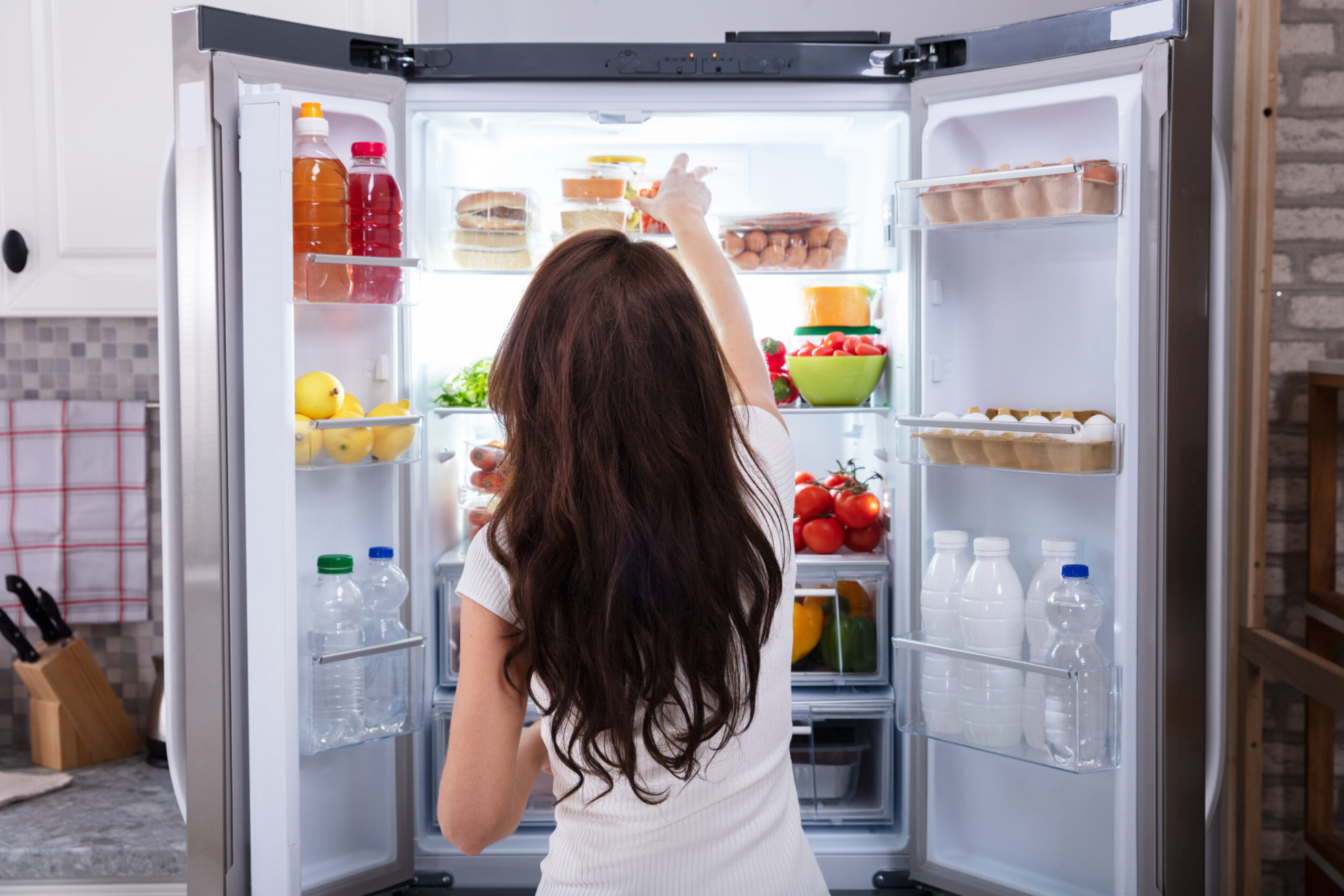
Step Five: Create a refrigerator inventory
A refrigerator inventory helps you with meal planning and grocery shopping. It details what you in stock and what needs to be bought. This makes shopping lists less wasteful helping you save money on groceries.










